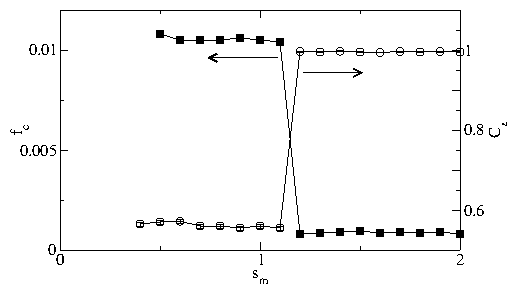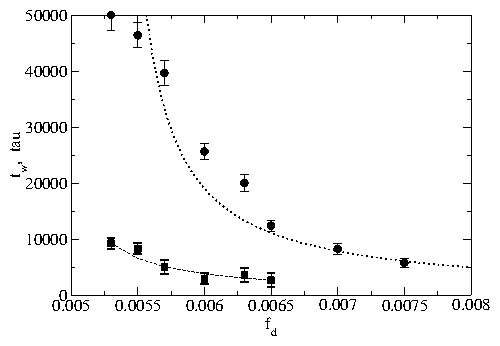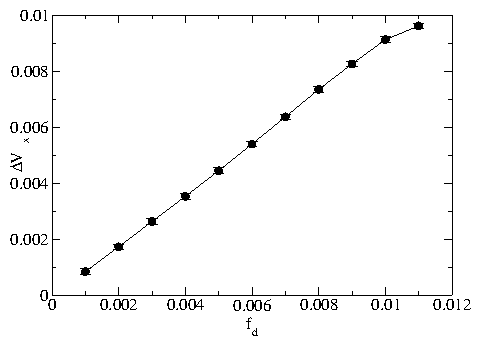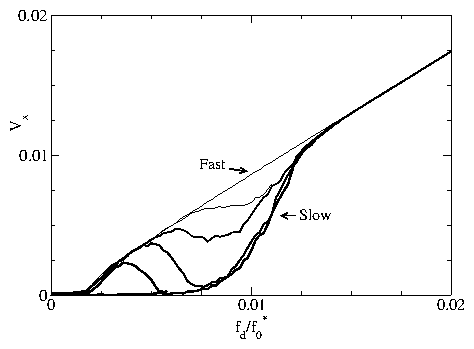 Figure 12: Transient voltage response curves Vx versus time.
(a) Increasing response for
supercooled state, for nv = 2.5 and fd/f0* =
(bottom) 0.008, 0.009, 0.010, 0.011,
0.012, 0.013, and 0.014 (top).
(c) Decreasing response for superheated state, for nv=3.1 and
fd/f0* =
(bottom) 0.0016, 0.0017, 0.00175 and (top) 0.0018.
Figure 12: Transient voltage response curves Vx versus time.
(a) Increasing response for
supercooled state, for nv = 2.5 and fd/f0* =
(bottom) 0.008, 0.009, 0.010, 0.011,
0.012, 0.013, and 0.014 (top).
(c) Decreasing response for superheated state, for nv=3.1 and
fd/f0* =
(bottom) 0.0016, 0.0017, 0.00175 and (top) 0.0018.
|






